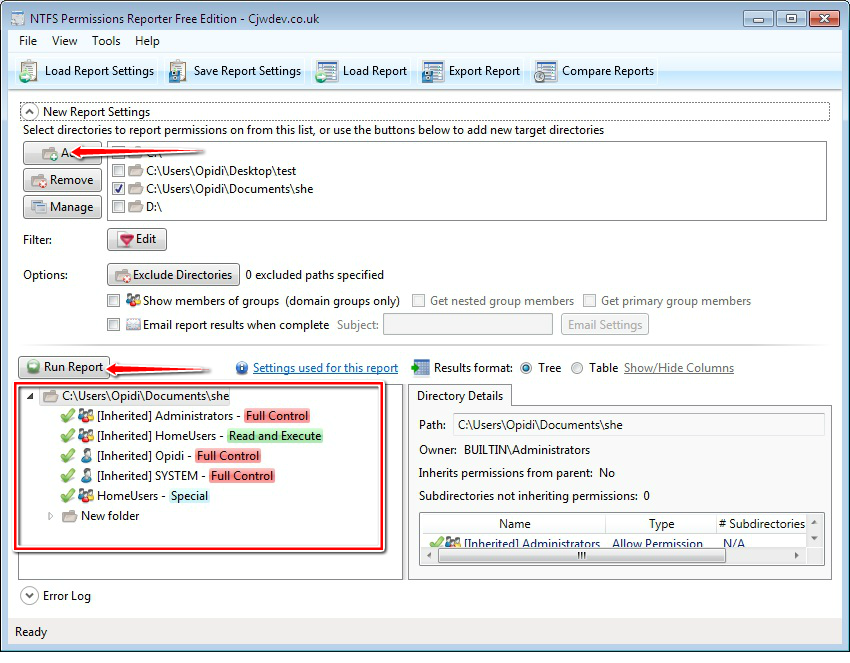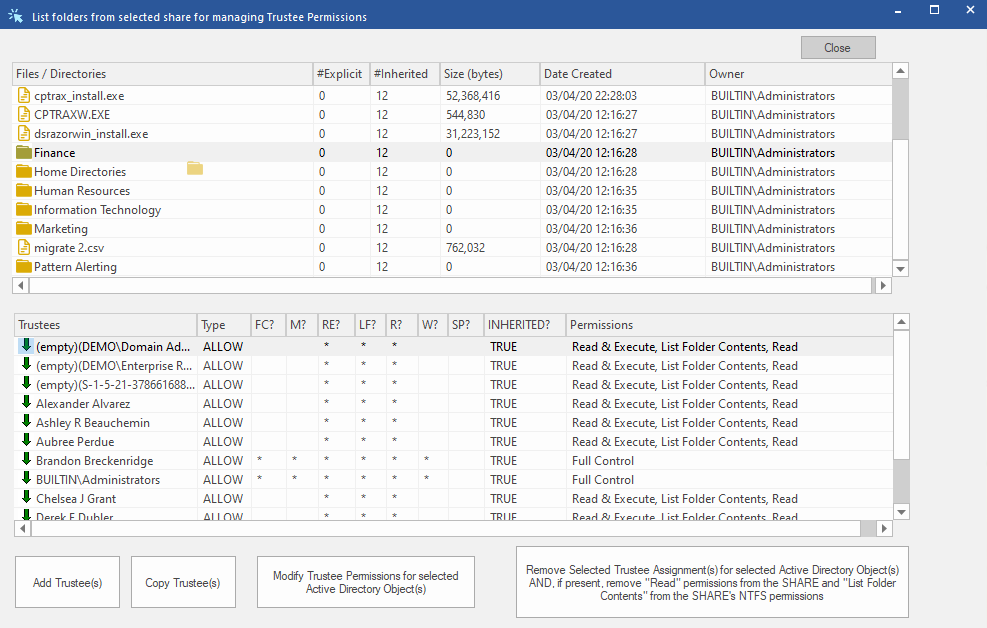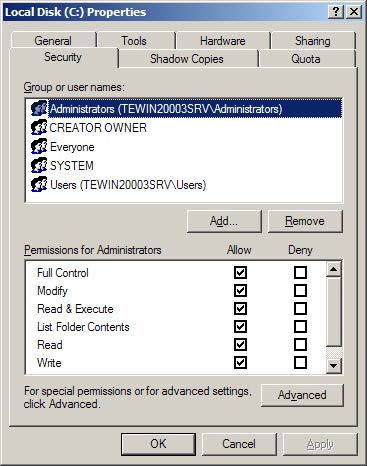
Microsoft phases out their products on regular basis.


There isn’t a single environment or single tool which I’d recommend, but I rather point you to three different ways the file migrations can be done. Migrating both, and including the file’s properties and ownership is a key to succeed, and that’s why many IT technicians struggles. Permissions must be kept as well because what’s the point of migrating files when you lose the permissions.įile server and shares hosted on Microsoft Windows servers have shares permissions and NTFS permissions. Usually, the requirements are that the end user should not know that anyone migrated his/her files. In this post we’ll try to give you some tips when you need to do share migration with files and folders, or migrate user profiles.

Kidnapped by Irish Pirates and taken to Ireland where he was enslaved and forced Patrick was originally born in Britain and at the age of 16, was It all started as a celebration of the Irish Patron Saint,

CheckPathExists = $true $SaveFileDiaglog. FileName = ( Get-Date -UFormat "%Y-%m-%d %H-%M-%S" ) $SaveFileDiaglog. :: LoadWithPartialName ( '' ) | Out-Null $SaveFileDiaglog = New-Object System. I can't remember specifically what needed V3. Powershell #Requires -Version 3 #Possibly only needs 2 now.


 0 kommentar(er)
0 kommentar(er)
